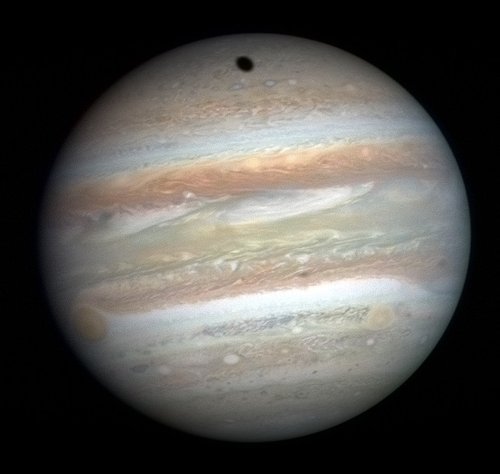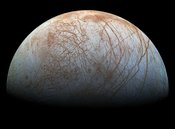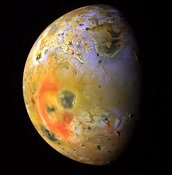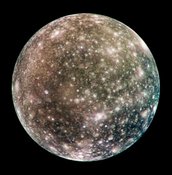Current Info for Observer
as of 04/26/2024 7:59 p.m.
Please login to view current observation details
General Info
as of 04/26/2024 7:59 p.m.
| Type | Planet |
| Constellation | Aries |
| Magnitude | -1.86 |
| Orbits | Sun |
| Right ascension | 3:23:50.55 (Hours) |
| Declination | 17:49:12.7 (Deg) |
| % illuminated | 99.922 |
| Distance from Earth | 5.96952AU |
| Distance from Sun | 5.01037AU |
| Elongation | 16:06:19.2 |
| Mass | 317.8 ⊕ |
The largest planet | |
☉ Solar Masses ⊕ Earth Masses j Jupiter Masses
0.5 meter reflector telescope at BGSU (various lenses)
0 points
And all the moons racing around it :)
Naked eye
100 points
Super bright, near the zenith. Perfect for a telescope (which is out of my reach for today!)
7x50 binoculars Celestron Cometron
100 points
With the 7x50 binoculars, I was able to see Ganymede and Callisto. Because I could see only 2 out of the 4 Galilean moons, I initially mistook two stars for moons.
After checking Stellarium, it became clear that I was not able resolve Europa (too close to Jupiter?) and that Io wasn't observable because it was transiting in front or behind Jupiter.
Orion XT8
100 points
Celestron Nexstar 6SE
100 points
Generate a finder chart
The following form will generate a PDF finder chart suitable for printing using to locate objects in the sky with your telescope!
The Date is only really useful for solar system objects, as deep space objects move measurably only on a galactic timescale.
The larger the F.O.V (field of view), the more "zoomed out" the object will appear. It can be helpful to print several charts of the same object with different field of views.
Limiting the magnitude (remember, lower magnitude means brighter!) of stars and objects can make sure your chart is not cluttered with dim objects that you may not be visible to you anyway. The defaults are good, but try experimenting with raising and lowering the values.
Please login to post comments




